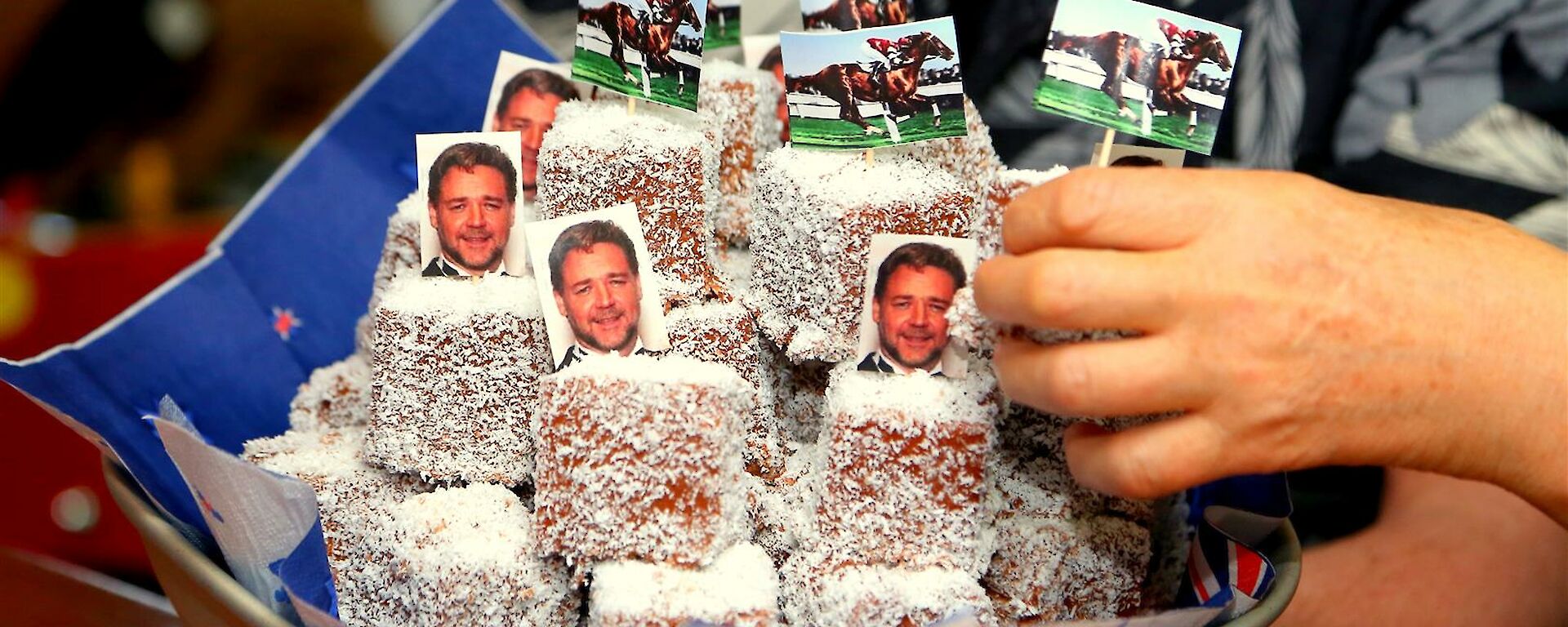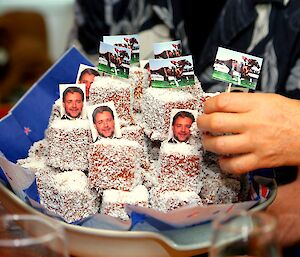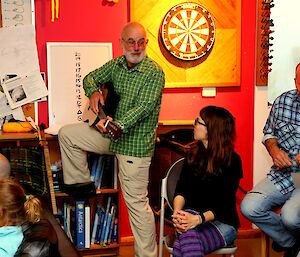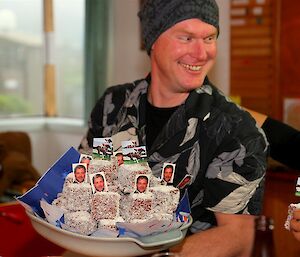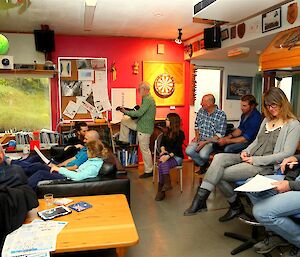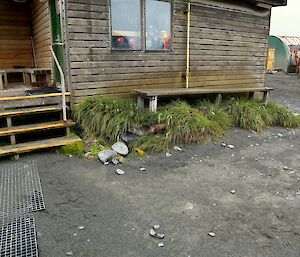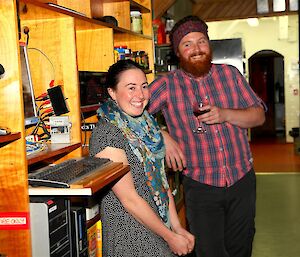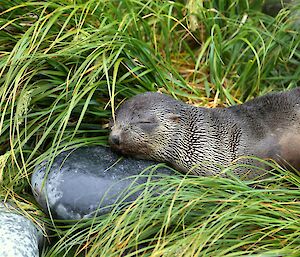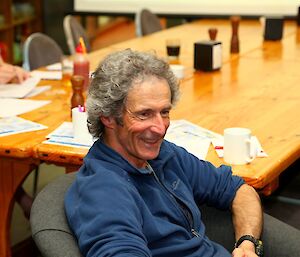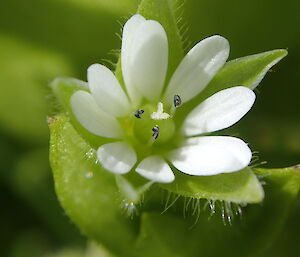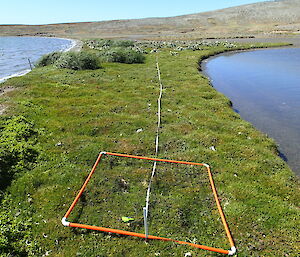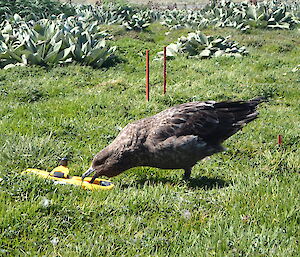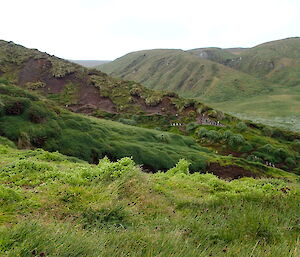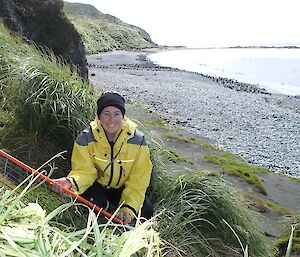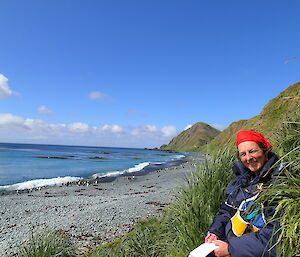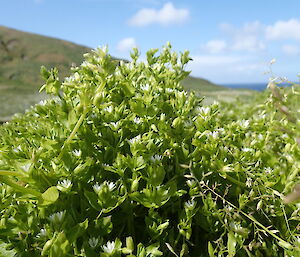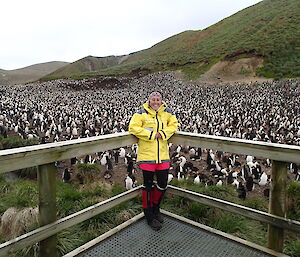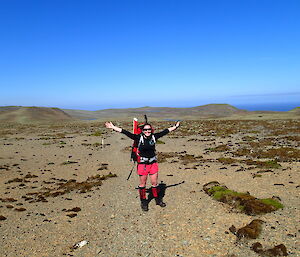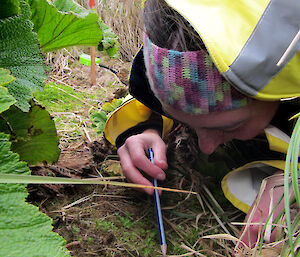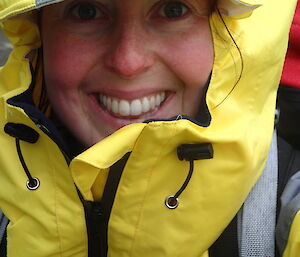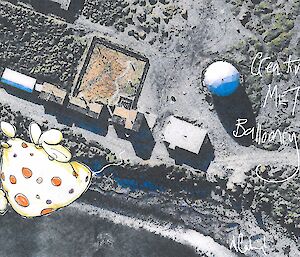The winds that returned last week have continued to blow into this week as well. For those of us who spent the winter down here, it was an interesting reminder of just how exhausting working in the relentless wind can be.
Activity around station continues at a steady pace, and our caches of RTA cargo (things that are being returned to Australia) are growing by the day. Our trades team continues with routine maintenance and repairs whilst simultaneously preparing installations for incoming science equipment in the science building and the clean air lab.
Our serial fur seal visitor returned this week, this time parking itself on the front steps of the mess, growling at all unsuspecting expeditioners as they tried to go inside. The small fur seals are hilarious. Their attempts to be taken as seriously fierce by growling and barking at us, are completely disarmed by their endearing puppy-like faces and just all round cuteness. This particular seal is a very curious creature, proven by paying Dom a visit in the green store!
Our science teams are all progressing well. Robbie and Jez are still soil sampling around station, Jane and Karen have been out and about studying the stellaria in the northern half of the island, and the albatross team of Kim and Marcus are returning home after a few weeks in the field down south.
Hot on the heels of Australia Day, station celebrated Waitangi Day with our two Kiwi expeditioners Jane and Ian W. On the eve of the celebrations most of the crew joined in to watch New Zealand film screening of Eagle vs Shark. Saturday evening Waitangi Day celebrations kicked off with a lamb extravaganza, followed by a New Zealand trivia quiz. Doc Mal entertained us with some NZ music on the guitar. The winning team was presented with a plate of lamingtons, adorned with flags of Russell Crow and Phar Lap. A marathon of television series Flight of the Concords continued late into the evening.
On Monday, the MV Shokalskiy again paid us a visit. This was the second last tourist boat of the season. Our ranger team of Paul, Anna and Rowena, accompanied by Dan, headed out to the tourist boat in the early morning bound for Sandy Bay. Our visitors were guided around Sandy Bay and then returned to station in the afternoon for a tour of the isthmus. With Chef Jimmy out in the field, slushy Robbie whipped up an excessive quantity of delicious lemonade scones to accompany the Devonshire tea that we put on for our guests.
As we count down the weeks to the end of our stay on Macca, we are still busy making the most of our time together as community and all that this beautiful environment has to offer.
Jacque Comery

